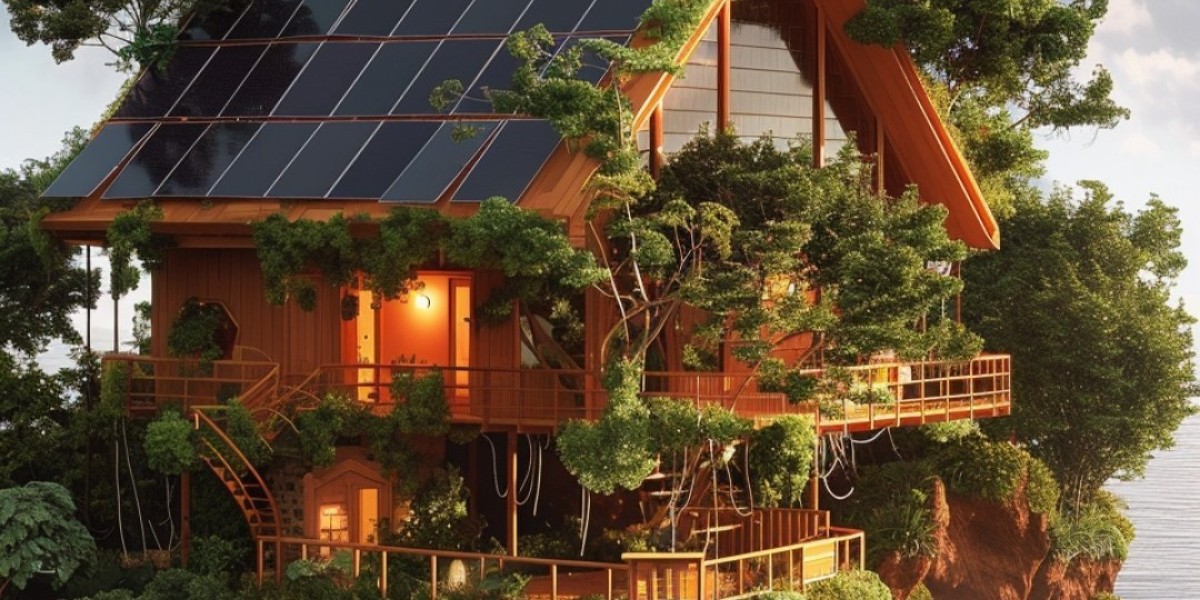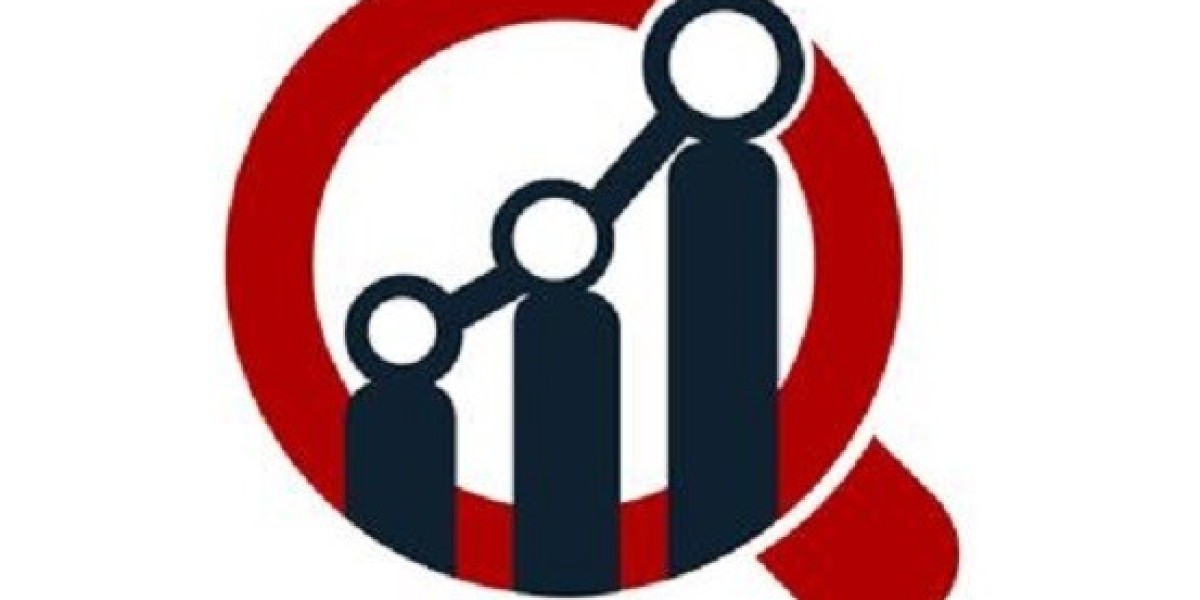As more homeowners turn to solar energy to reduce their electricity bills and carbon footprints, financing options like solar panel loans have become increasingly popular. One key factor that potential solar buyers keep a close eye on is solar panel loan rates, as they directly impact the overall affordability of solar systems. But what does 2024 have in store for solar panel loan rates? In this blog, we'll explore the factors influencing loan rates and whether homeowners should anticipate rising rates in the coming year.
What Are Solar Panel Loan Rates?
Before diving into rate trends, it's essential to understand what solar panel loan rates are and how they affect solar financing. Solar loans are designed to help homeowners finance the installation of solar panels by spreading the cost over several years. The interest rate on these loans, known as the loan rate, determines how much you'll pay in interest on top of the principal amount borrowed.
Fixed Rates: These loan rates remain constant over the loan's term, providing predictable monthly payments.
Variable Rates: These rates fluctuate based on market conditions, meaning your payments could rise or fall over time.
Factors That Influence Solar Panel Loan Rates
The question of whether solar panel loan rates will rise in 2024 largely depends on several factors that affect lending markets and the solar industry as a whole. Below are the primary elements that could lead to shifts in loan rates this year.
1. Federal Interest Rates
One of the most significant factors influencing solar loan rates is the overall federal interest rate set by the Federal Reserve. When the Federal Reserve raises its benchmark interest rates, lenders often increase the rates on consumer loans, including those for solar panel systems. In recent years, the Federal Reserve has periodically raised interest rates to control inflation, and any further increases could impact solar panel loan rates in 2024.
How Federal Rates Impact Solar Loans: Higher federal interest rates mean that lending institutions will raise their rates, making it more expensive for homeowners to finance solar installations.
2. Demand for Solar Energy
The increasing demand for solar energy across the United States also plays a role in loan rates. As more people look to finance solar panel installations, lenders may raise their rates to capitalize on the demand. However, increased competition among solar lenders could help keep rates relatively low.
Increased Competition: As more financial institutions enter the solar loan market, the competition could drive down interest rates despite growing demand.
3. Inflation and Economic Conditions
Inflation and broader economic conditions heavily influence loan rates. Inflation leads to higher borrowing costs for lenders, which in turn can push up loan rates for consumers. If inflation remains high in 2024, we could see an increase in solar panel loan rates as lenders adjust to cover their own rising costs.
Economic Uncertainty: In times of economic uncertainty, lenders may increase rates to mitigate risk, making solar loans more expensive for homeowners.
4. Government Policies and Incentives
Government policies, particularly related to renewable energy, can also impact solar loan rates. In recent years, the U.S. government has introduced several initiatives to promote the adoption of solar energy, such as tax credits and rebates. In 2024, these incentives are expected to continue, which could offset some of the costs of rising loan rates by making solar installations more affordable.
The Federal Solar Investment Tax Credit (ITC): This 30% tax credit for solar panel systems remains in place in 2024, helping to reduce the overall cost of solar installations and making it easier for homeowners to manage loan repayments.
State Incentives: Many states offer additional incentives or rebates, which could help balance out any increases in solar loan rates.
Are Solar Panel Loan Rates Likely to Rise in 2024?
Given the factors mentioned above, are solar panel loan rates expected to rise in 2024? While no one can predict the future with certainty, it seems likely that loan rates may increase, particularly if the Federal Reserve continues to raise interest rates to combat inflation. Here’s why:
1. Potential Increases in Federal Interest Rates
The Federal Reserve has signaled that it may continue raising interest rates if inflation remains high. Since solar panel loan rates are closely tied to federal interest rates, any increases in the latter will likely lead to higher borrowing costs for consumers. For homeowners considering solar panels, this could mean paying more in interest over the loan’s lifetime.
2. Inflation Pressures
Inflation is another reason why solar panel loan rates might rise. With the cost of goods and services increasing, lenders may pass those higher costs onto consumers in the form of increased interest rates. While solar energy remains an excellent long-term investment, higher loan rates could slightly reduce the financial benefits in the short term.
3. Increased Solar Demand
As more homeowners and businesses look to switch to renewable energy, the demand for solar panels continues to grow. While this is great news for the environment, the rising demand could also lead to increased borrowing costs as lenders adjust rates to meet market conditions. However, the growing competition among solar financing companies could keep rates relatively stable, even as demand increases.
How to Lock in the Best Solar Panel Loan Rates
Even if solar panel loan rates rise in 2024, there are steps you can take to secure the best possible rate. Here are some tips to help you lock in an affordable loan:
1. Shop Around
Different lenders offer different rates, so it’s essential to compare loan offers from multiple providers. Many reputable solar companies partner with lenders to provide solar-specific financing options, but you can also seek out personal loans or home equity loans that may offer competitive rates.
2. Choose a Fixed-Rate Loan
If you’re concerned about rising rates, opting for a fixed-rate solar loan can protect you from future increases. Fixed-rate loans lock in your interest rate for the duration of the loan, ensuring that your monthly payments stay consistent, even if loan rates rise.
3. Take Advantage of Incentives
As mentioned earlier, government incentives like the Federal Solar Investment Tax Credit can significantly reduce the cost of solar installations. By applying these incentives to your loan, you can reduce the amount you need to borrow, ultimately lowering your monthly payments.
4. Improve Your Credit Score
If possible, work on improving your credit score before applying for a solar loan. A higher credit score can help you secure a lower interest rate, saving you money over the life of the loan.
Conclusion
While the future of solar panel loan rates in 2024 is not entirely clear, it’s likely that rates may rise due to factors like federal interest rate increases, inflation, and growing demand for solar energy. However, with the right approach, you can still secure a competitive loan rate and take advantage of the long-term financial benefits of going solar. By shopping around, choosing fixed-rate loans, and leveraging available incentives, homeowners can minimize the impact of rising rates and make solar energy a cost-effective solution for their energy needs.









